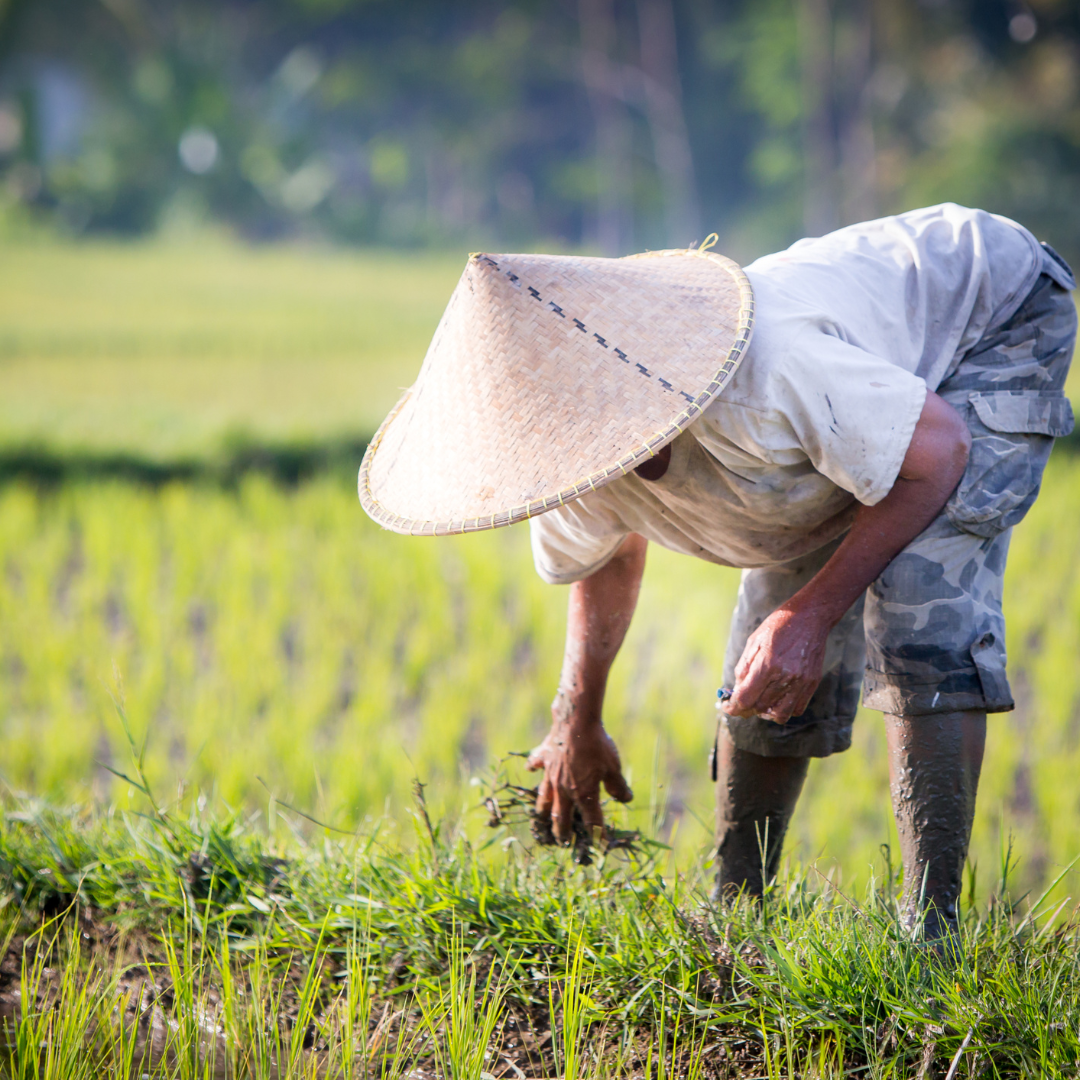
The year 2021 is coming to an end, yet a crucial moment remains: this week, on 7 and 8 December, the long-anticipated Nutrition For Growth (N4G) Summit is taking place in Tokyo, hosted by the Government of Japan, and gathering governments, donors, civil society actors and business to set the world on a pathway towards ending malnutrition in all its form by 2030.
At the heart of the summit will be pledging and commitment-making: from data-driven financial commitments, to policy, programmatic and impact commitments, development partners are encouraged to step up their efforts on reaching nutrition targets.
The recently published 2021 Global Nutrition Report (GNR) highlighted that we are off track to achieve any of the six World Health Assembly nutrition targets by 2025 including the reduction of stunting and wasting, of anaemia and low birth weight, and on breastfeeding and preventing an increase in childhood overweight. These findings are a timely reminder that in light of this nutrition crisis, a successful Nutrition for Growth Summit is urgently needed.
The significance of the N4G Summit however goes beyond reaching just SDG 2.2.
After the UN Food Systems Summit and COP26, it is the last piece in the 2021 food systems puzzle, demonstrating the crucial importance of applying and mainstreaming a systems approach to delivering healthy diets sustainably, and of leveraging the interconnectedness of sectors, stakeholders and SDG targets to achieve change.
At COP26, food systems were higher on the agenda than in earlier COPs, yet only a handful of sessions touched on agriculture and primarily through the lens of adaptation. Against this backdrop, it is encouraging to see that the N4G Summit includes a session on food systems transformation and that hosts and organisers explicitly aim to further strengthen links between nutrition, health, food systems, sustainability, and resilience.

Even so, a lot remains to be done to bridge silos, mainstream a food systems approach in nutrition and connect the dots across SDG2 targets.
An example: The UN Food Systems Summit, COP26 and N4G, too, have contributed to a heightened sense of opportunity to improve the nutrition, livelihoods, productivity, resilience and sustainability of smallholder farmers. Yet, when thinking about small-scale food producers’ productivity and livelihoods, we still tend to focus on tools and resources such as financing, land, fertilisers or seed, instead of appreciating how crucial these producers’ own nutritional status, health and wellbeing are for their productivity. Just as the N4G states: everyone, everywhere needs good nutrition to live a healthy, productive life. And this includes smallholder, family farmers and agricultural workers, who produce 70% of the world’s food. Unless they and their children can rely on a nutritious, healthy diet, they face additional challenges that hamper their ability to cultivate their land, or earn a living from agriculture. This affects their ability to feed themselves, their communities, their countries, and a growing global population.

Putting people first and thinking about nutrition is, in this way, an empowerment tool and the key to unlocking the potential of smallholder farmers, whose contributions to our food systems are unreciprocated and who are and have long been left behind.

This example shows just how important SDG 2.2 is to SDG 2.3, and why we must strive to connect and bridge gaps between these targets.
The question we must put front and centre – including at N4G – is how we as an international community can come together and best support the people who are the backbone of our civilisation and work on the frontlines of our food systems and climate crisis every day.
The N4G Summit will encourage the adoption of stronger, evidence-based nutrition policies, pledges to increase financing for proven nutrition-specific and nutrition-sensitive interventions, and commitments to align and harmonise actions across sectors and stakeholders.
Across these commitments, focus must lie on data, research and innovation. In light of a changing climate, new data – disaggregated and at household level – is key to understanding emerging nutrition deficits, but also opportunities. Tools such as the Global Nutrition Report (GNR) country profiles and Food Systems Dashboard, which gather a range of data – from data on child nutrition to water and sanitation, to income and gender – are important steps in the right direction.
Agriculture accounts for more than a third of global greenhouse gas emissions, but also holds solutions to mitigating global warming. The coordination of agriculture research and innovation, and gathering and translation of agriculture data is critical to realise these solutions. Organisations such as CGIAR, which channel funding efficiently and effectively across our food, water and land systems for positive outcomes for people and planet, pave the way on this.
Finally, investment in innovative and actionable research that identifies the synergies and tradeoffs between agriculture, climate and nutrition, and providing a roadmap to scaling up and ensuring smart solutions for smallholder farmers must find a space and be acknowledged within the SDG2 community.
So as we head into the N4G summit, and get ready to commit and re-commit, we must keep in mind that with so little time left to achieve the SDGs by 2030, we must make wise investments: investments that have not just one, but multiple benefits; investments that are evidence-based and nutrition-, climate- and smallholder-smart.









